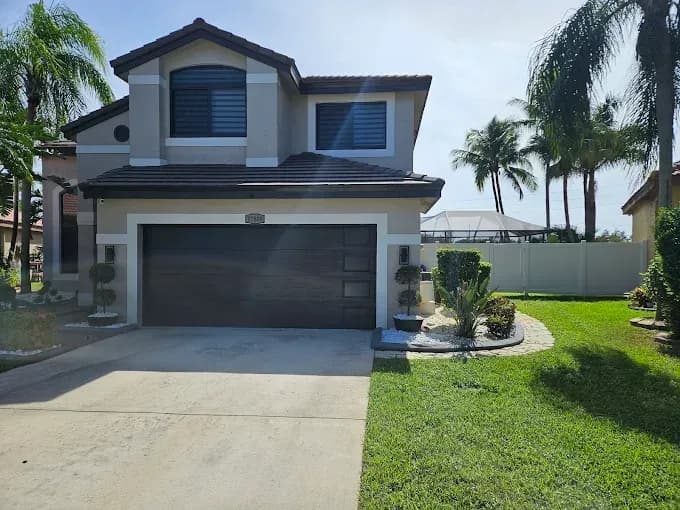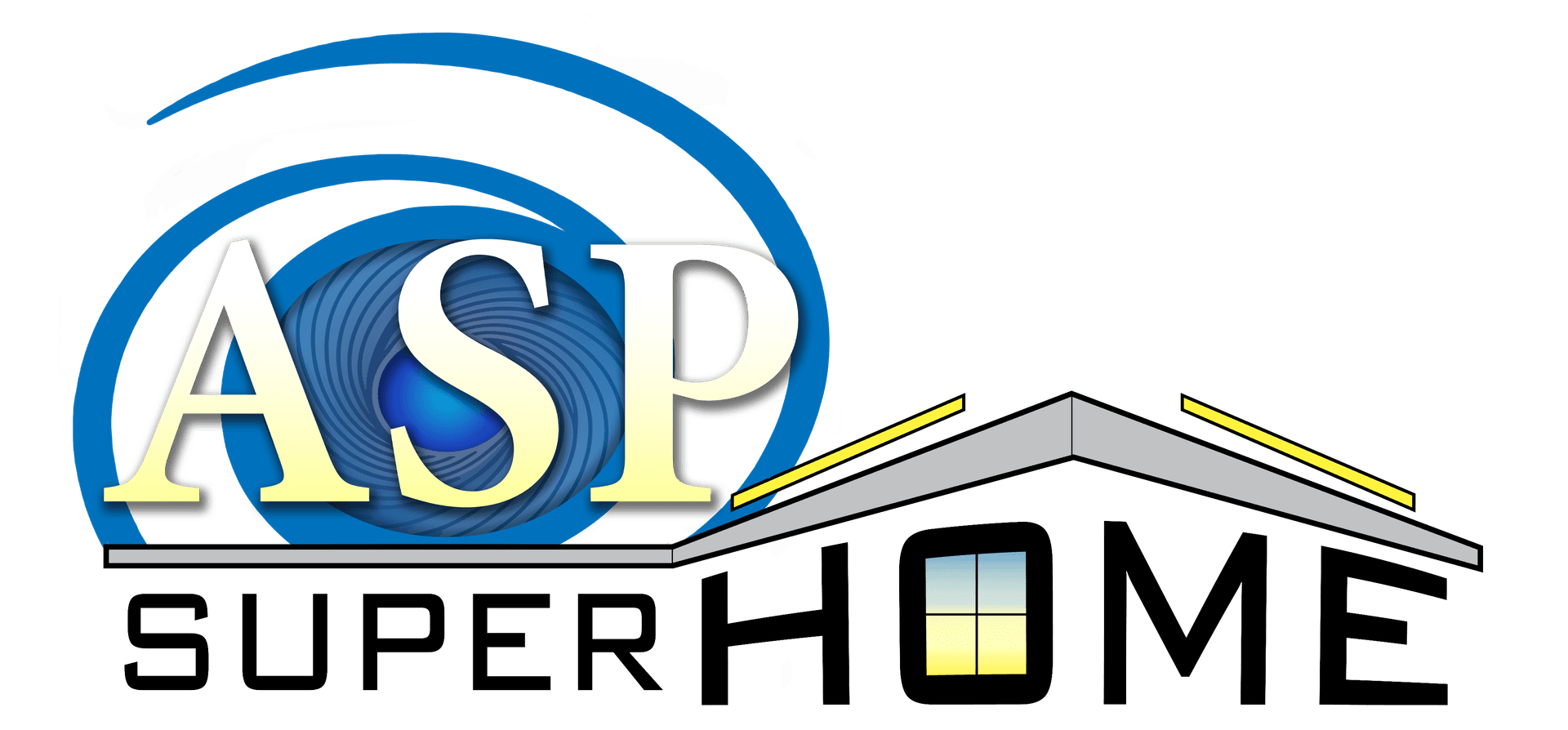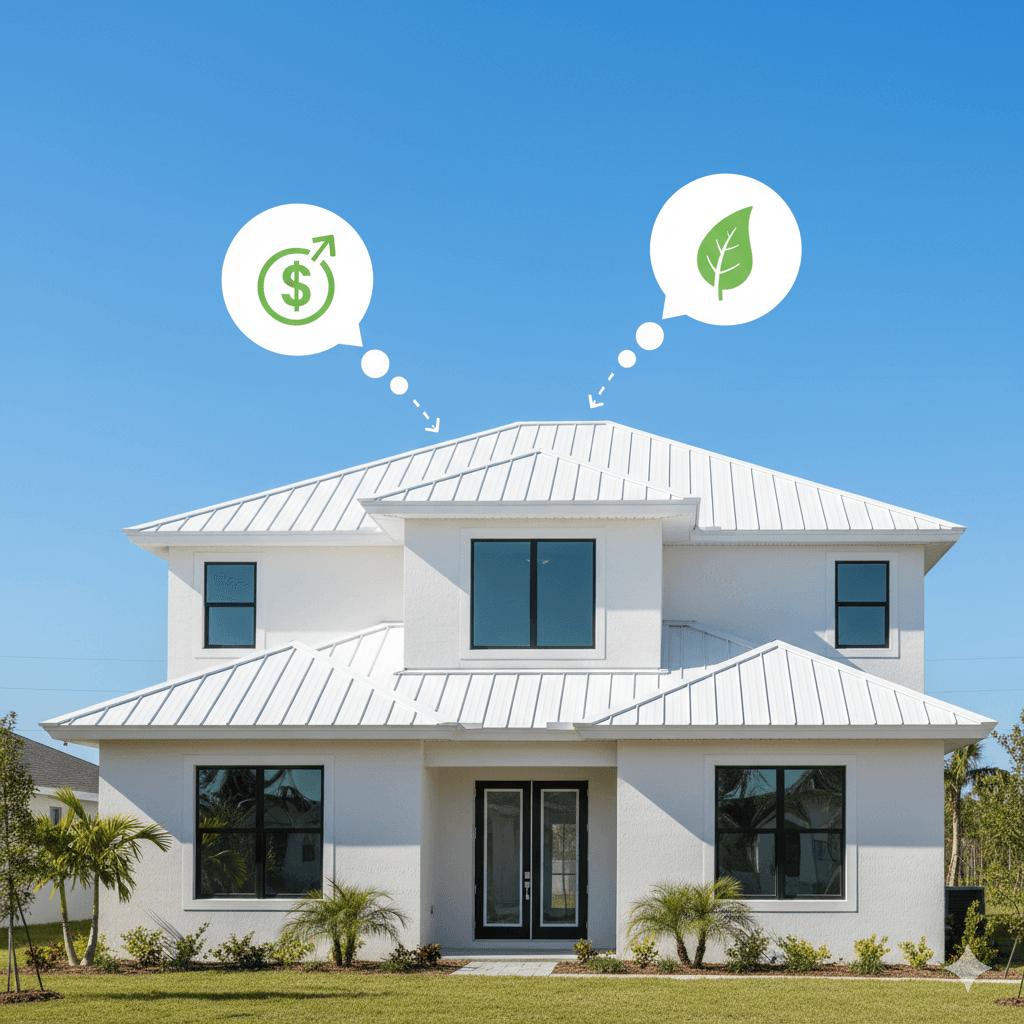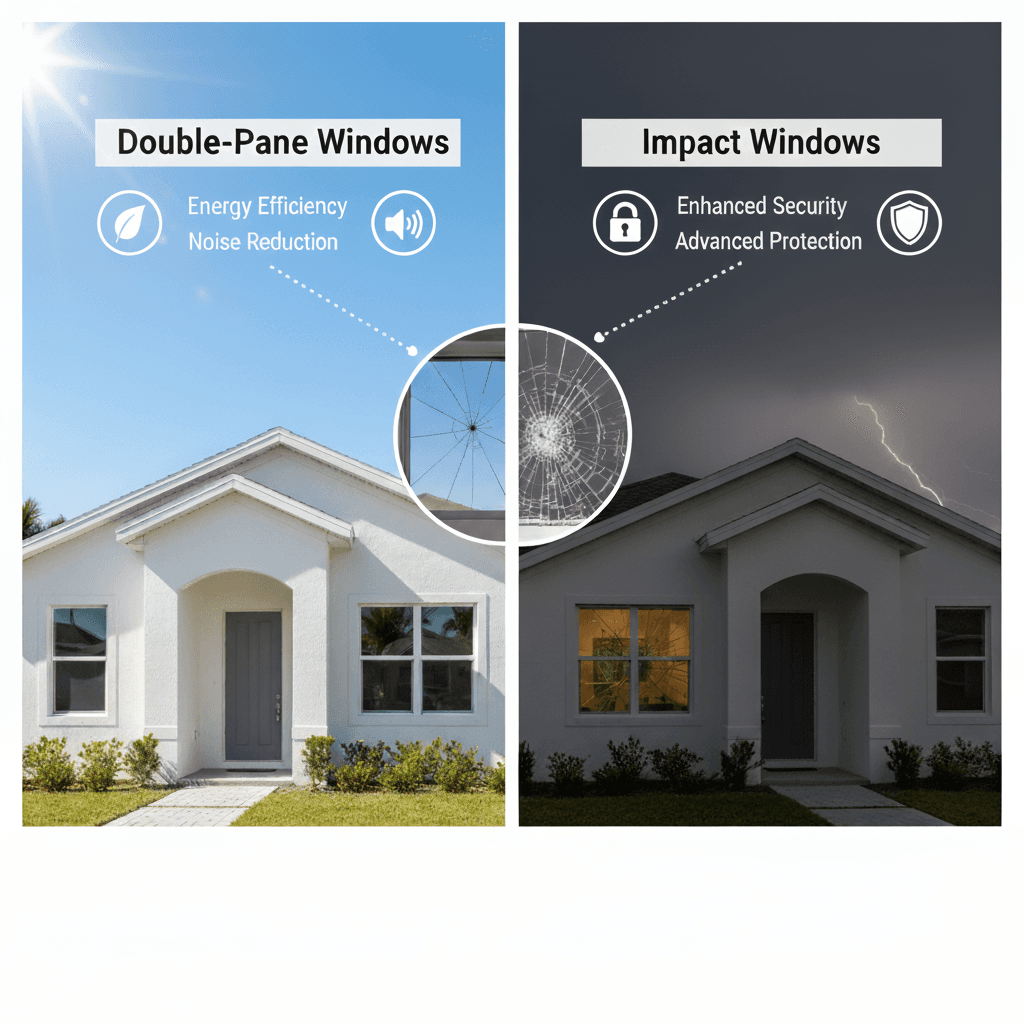Integrating Solar, Roof, and Window Upgrades: Sequencing for Maximum ROI

Why Sequencing Matters in Home Upgrades
For Miami homeowners, the dream of creating a stronger, more energy-efficient home often involves multiple major projects: impact windows and doors replacements, new roof replacement, and solar panel installation. At some point, many homeowners will want all three.
But here’s the catch: doing them in the wrong order can be inefficient, costly, and even void warranties. Imagine installing solar panels only to need a roof replacement a few years later—forcing removal and reinstallation. Or installing impact windows after solar but missing out on the compounded energy efficiency.
At ASP SuperHome, founded by Jonathan Rodriguez, the mission is to help homeowners elevate their property into its strongest, most efficient, and most valuable version. That includes not just providing high-quality impact windows, new roof replacement, and metal roofs—but also guiding homeowners on the smartest upgrade sequence for maximum return on investment (ROI).
The Three Major Investments
1. Impact Windows and Doors Replacements
Primary Benefit: Storm protection, energy efficiency, and aesthetic upgrade
Why It Matters First: Secures the home envelope and reduces HVAC strain
Long-Term ROI: Adds property value, lowers energy bills, and reduces noise
2. New Roof Replacement
Primary Benefit: Protects the structure, ensures storm readiness, and improves drainage
Why It Matters Before Solar: Installing solar on an older roof risks having to uninstall/reinstall panels when the roof eventually fails
Long-Term ROI: Boosts curb appeal, structural integrity, and resale value
3. Solar Panel Installation
Primary Benefit: Energy independence, lower utility bills, and tax incentives
Why It Comes Last: Solar requires a strong, reliable roof and airtight windows to deliver maximum efficiency
The Ideal Upgrade Sequence

Here’s the general rule of thumb for Miami homeowners:
Step 1: Impact Windows and Doors Replacements → Step 2: New Roof Replacement (preferably metal roofs) → Step 3: Solar Panel Installation
Why This Sequence Works
Secure First: Windows and doors are the weakest points in any storm. Reinforcing them prevents water intrusion and reduces energy loss.
Strengthen Structure: A new roof ensures the home is structurally sound and storm-ready before solar panels go on top.
Layer Efficiency: Solar panels maximize returns once the home envelope (windows/doors + roof) is airtight and reflective, keeping energy needs lower.
Decision Trees: Which Upgrade Comes First?
Every homeowner’s situation is different. Here’s a breakdown:
If Your Roof Is Over 15 Years Old
Prioritize new roof replacement before solar.
Choose metal roofs for durability (40–70 years lifespan) and solar compatibility.
If You Have Drafty, Outdated Windows
Start with impact windows and doors replacements.
This reduces HVAC strain, lowering baseline energy use before adding solar.
If You Already Installed Solar Panels
Evaluate roof lifespan. If your roof is aging, budget for re-roofing sooner rather than later. ASP can coordinate solar removal and reinstallation.
If You Want Maximum Tax Credits
Stack federal tax incentives for solar with financing or local rebates for energy-efficient windows and roofs. Sequencing properly can maximize cash flow benefits.
Cost Sequencing and Cash Flow Strategies
Even though we won’t discuss prices directly, sequencing impacts cash flow and return timing.
Impact windows first: Immediate insurance benefits and energy savings.
New roof replacement second: Prevents future costs of re-installing solar.
Solar last: Leverages tax credits and compounds energy savings once the home is sealed and cooled.
A staggered approach—windows in year one, roof in year two, solar in year three—can spread out costs while still achieving compounding ROI.
Compatibility and Warranty Interactions
Windows and Doors
Installing impact windows and doors replacements does not affect roofing or solar warranties but significantly improves overall system efficiency.
Roofs and Solar
Installing solar before a new roof replacement can void roofing warranties. That’s why sequencing is crucial—solar should go last, on top of a brand-new roof.
Metal Roofs + Solar
Metal roofs are one of the best long-term companions for solar systems:
Panels can be attached with non-penetrating clamps, avoiding holes in the roof.
The roof lifespan often outlasts the solar system, eliminating the need for mid-life panel removal.
Reflective coatings enhance cooling, compounding solar ROI.
The ASP SuperHome Advantage

ASP SuperHome doesn’t just offer individual upgrades—it provides a holistic roadmap for transforming a house into a resilient, energy-efficient SuperHome.
Their sequencing strategy includes:
Impact windows and doors replacements for immediate security and efficiency
New roof replacement with proper drainage, flashing, and design for long-term strength
Metal roofs for unmatched durability and solar compatibility
Solar integration planning for maximum ROI and seamless tax credit application
Jonathan Rodriguez and his team make sure homeowners don’t just upgrade—they upgrade intelligently.
Tax Credit & Incentive Stacking
Homeowners often ask: How do I maximize credits and incentives when doing multiple projects?
Solar Tax Credits: Federal credits apply to installation costs but only once per system. Install solar last to maximize credit.
Energy Efficiency Rebates: Many programs reward impact window upgrades. Do these first to reduce your taxable energy use.
Roof Incentives: Reflective and energy-efficient metal roofs may qualify for additional energy credits.
By sequencing strategically, homeowners can legally “stack” incentives, amplifying financial returns.
How ASP SuperHome Sequences Upgrades for ROI
Assessment: Evaluating the condition of windows, roof, and electrical infrastructure
Priority Plan: Identifying weak points (roof leaks, aging windows, or outdated shingles)
Execution: Installing upgrades in the most efficient order—windows, roof, then solar
Integration: Ensuring warranties remain intact and systems complement one another
This strategy transforms homes into flood-resilient, storm-ready, and energy-optimized SuperHomes.
Real-World Example: Miami Home Upgrade
Step 1: Homeowner installed impact windows and doors replacements, cutting energy bills by reducing HVAC strain.
Step 2: ASP completed a new roof replacement using durable metal roofing designed for hurricane resistance.
Step 3: Solar panels were installed on the metal roof with non-penetrating clamps, maximizing lifespan and ROI.
Result: A home that’s hurricane-ready, flood-resilient, energy-efficient, and financially optimized.
Frequently Asked Questions
1. Why do impact windows and doors replacements come before solar?
Because windows seal the home envelope, reducing energy waste. Solar works best after efficiency upgrades are completed.
2. What happens if I install solar before a new roof replacement?
You may need to remove and reinstall panels when the roof fails, increasing costs and risking warranty voids.
3. Are metal roofs better for solar systems?
Yes. Metal roofs outlast solar systems, reduce leak risk with non-penetrating clamps, and improve overall efficiency.
4. Can I do all three upgrades at once?
Yes, but sequencing still matters. ASP ensures roof replacement and windows are installed before solar for maximum compatibility.
5. Why choose ASP SuperHome for sequencing upgrades?
ASP specializes in Miami’s coastal challenges, offering expertise in impact windows, new roof replacement, and metal roofs, while coordinating solar for maximum ROI.
To learn how ASP SuperHome can help you create a smarter upgrade sequence, visit https://www.aspsuperhome.com/.
Would you like me to also create an infographic-style decision tree outline (text + structure) that you could repurpose into a visual for this article? That would make it even more SEO-friendly and engaging.



